- News
- Reviews
- Bikes
- Components
- Bar tape & grips
- Bottom brackets
- Brake & gear cables
- Brake & STI levers
- Brake pads & spares
- Brakes
- Cassettes & freewheels
- Chains
- Chainsets & chainrings
- Derailleurs - front
- Derailleurs - rear
- Forks
- Gear levers & shifters
- Groupsets
- Handlebars & extensions
- Headsets
- Hubs
- Inner tubes
- Pedals
- Quick releases & skewers
- Saddles
- Seatposts
- Stems
- Wheels
- Tyres
- Tubeless valves
- Accessories
- Accessories - misc
- Computer mounts
- Bags
- Bar ends
- Bike bags & cases
- Bottle cages
- Bottles
- Cameras
- Car racks
- Child seats
- Computers
- Glasses
- GPS units
- Helmets
- Lights - front
- Lights - rear
- Lights - sets
- Locks
- Mirrors
- Mudguards
- Racks
- Pumps & CO2 inflators
- Puncture kits
- Reflectives
- Smart watches
- Stands and racks
- Trailers
- Clothing
- Health, fitness and nutrition
- Tools and workshop
- Miscellaneous
- Buyers Guides
- Features
- Forum
- Recommends
- Podcast
review
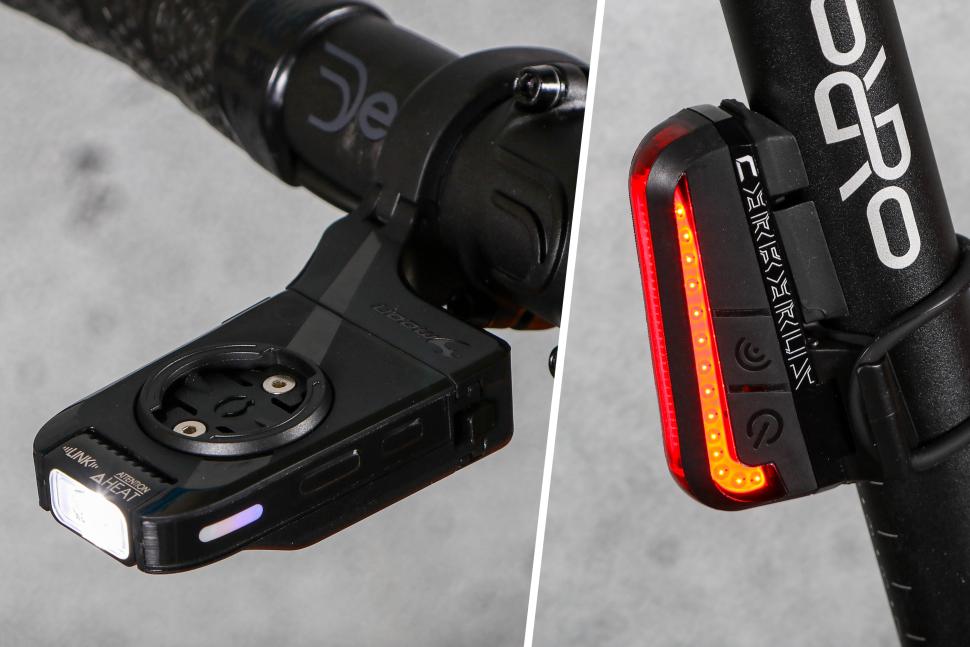 2024 Moon MX 2.4G 400lm and Cerberus Link 2.4G 150lm.jpg (credit: road.cc)
2024 Moon MX 2.4G 400lm and Cerberus Link 2.4G 150lm.jpg (credit: road.cc)£99.99
VERDICT:
Wireless connectivity and good for being seen by, but a few hiccups and slightly sub-par battery feedback hold them back
Bright outputs
Solid out-front mount
Excellent water resistance
So-so battery level reading
Controls not that straightforward
Occasional pairing issues
Weight:
42g
Contact:
At road.cc every product is thoroughly tested for as long as it takes to get a proper insight into how well it works. Our reviewers are experienced cyclists that we trust to be objective. While we strive to ensure that opinions expressed are backed up by facts, reviews are by their nature an informed opinion, not a definitive verdict. We don't intentionally try to break anything (except locks) but we do try to look for weak points in any design. The overall score is not just an average of the other scores: it reflects both a product's function and value – with value determined by how a product compares with items of similar spec, quality, and price.
What the road.cc scores meanGood scores are more common than bad, because fortunately good products are more common than bad.
- Exceptional
- Excellent
- Very Good
- Good
- Quite good
- Average
- Not so good
- Poor
- Bad
- Appalling
The Moon MX2.4G (400lm) and Cerberus Link 2.4G (150lm) is a wirelessly connected pair of lights, with the front doubling as an out-front computer mount. Both are sufficiently bright for you to be seen by, and the out-front mount proved impressively solid when holding my Garmin 1030.
> Buy now: Moon MX2.4G (400LM) and Cerberus Link 2.4G (150LM) for £84.99 from Swinnerton Cycles
Check out our best front bike lights buyer's guide and best rear bike lights guide for more options.
This pair of lights from Moon is wirelessly connected, so that when you turn either light on or off, the other will follow suit. If you want to change an individual mode, you have to do that manually, but it's handy only ever having to turn one light on or off.
You have to pair the lights out of the box, and the instructions cover this, but it took me a few attempts to get it to work, and it was a bit of a faff.
It is worth mentioning, though, that there were a few occasions where the second light wouldn't act as it was meant to.
The front puts out a maximum output of 400 lumens, with the main front light joined by a light bar underneath and a pair of small sidelights. You can cycle through which lights you want on, but for the great majority of testing I ran with all of them.
There are two buttons on the left-hand side. The front turns the light on and off and lets you cycle through the modes, the rear allows you to choose which lights are on.
If you press and hold the second button when the light is on, you can change the power output of that mode, which offers an impressive amount of adjustability.
The main front light is articulated, letting you angle it up and down so you don't dazzle oncoming road users.
The out-front fitting takes Garmin-, Wahoo- or Bryton-compatible mounts – and it's surprisingly solid and reassuring. I was impressed by how well it held my quite chunky Garmin 1030.
The clamp will only work with a round handlebar, not a flattened aero bar. And do take care when fitting the mount – the clamping bolt is on the underside, and it's quite easy to drop it.
The rear light is a solid piece of kit that comes with three different sized rubber bands, and I've found the light works well with both round and aero seatposts. Some articulation is possible with the light, which means that it fits snugly to the post, and is stable and secure even on an aero post.
You turn the light on by pressing the top button, and tapping it again lets you cycle through the modes. The usual long press will turn the light off. Charging is pretty straightforward, each light having a USB-C port under a weatherproof flap.
And both lights have a very high IXP7 rating, which means they can survive being submerged in water, so even heavy rain should prove no issue.
Both lights charged in around two hours or so.
The front light's output is impressive for its diminutive size, and in a constant output at its maximum 400 lumen power it's just about powerful enough to see by if you have no other choice.
It has three flash modes plus an SOS option. My favourite option was three medium flashes followed by a bright flash, but all the options will attract the attention of other road users and will help you be seen.
The rear is impressively bright, with its flashing modes making sure you're clearly visible throughout the darker months. It boasts two solid and three flashing outputs, with the daytime flash my favourite.
The battery level feedback form the lights isn't quite as impressive, and unless you read the manual, you're not going to know that the front's side lights flash when the battery is low – though Moon doesn't actually tell you what constitutes 'low'. And as these sidelights are likely to be recessed under your computer, you have to look around the side to see them
The rear light has a tiny little LED by the power button to show you when the battery's low – but you can't see it with just a quick glance, and again there's no way of knowing what 'low' actually is.
When the two lights are paired wirelessly, the front uses the side LEDs to notify you when one or the other light is low on charge. I don't think it's the most straightforward method, but it is better than trying to see the tiny LED on the rear light.
And if you've read any of my other light reviews, you'll know that poor battery life feedback is a bugbear of mine. You may end up charging lights more than necessary just to avoid ending up with no lighting whatsoever.
All that said, this combo is an effective pair of lights that offers connectivity and a clean-looking front end. Personally, however, I prefer a light that attaches underneath an out-front mount, such as the Magicshine Evo 1300, which you can also easily swap between bikes.
The front light in its constant 250-lumen mode gives about five and a half hours of life, with the low-battery level indicator coming on after around four and a half hours. The light died after nearly six hours, with the final hour at a reduced output. It provided about six hours in the bright flash mode.
The rear put out roughly five hours in its bright flash mode, reducing to around 90 minutes at its maximum output in its constant mode.
Value
At £99.99, this pair isn't exactly a budget option, especially as the front is more of a light to be seen by than one to light your way.
For about a fiver more, you could get the Magicshine Evo 1300 along with the Magicshine SEEMEE 50 MAG rear, which provides a much more powerful front light, though the rear isn't as bright.
The Moon's out-front mount does add value, though this is really only true if you don't already have an out-front mount. If you're starting afresh and don't already have a mount, then the Moon could be a good option.
Another option for a similar price would be to pair the Ravemen LR1000 Ravemen LR1000 front with the Lezyne Strip Drive 300+ rear. This would come in at the same price as the Moon pairing, with much more powerful outputs, though you won't get an out-front mount or the wireless connectivity.
Conclusion
If you're looking for a complete package that helps to keep you seen during daytime rides, this could be an interesting option, with the out-front mount killing two birds with one stone. The front's not quite bight enough for seeing by except in an emergency, and I'd still like better feedback about battery life.
Verdict
Wireless connectivity and good for being seen by, but a few hiccups and slightly sub-par battery feedback hold them back
> Buy now: Moon MX2.4G (400LM) and Cerberus Link 2.4G (150LM) for £84.99 from Swinnerton Cycles
road.cc test report
Make and model: Moon MX 2.4G (400lm) & Cerberus Link 2.4G (150lm)
Size tested: 400 Lumens
Tell us what the light set is for and who it's aimed at. What do the manufacturers say about it? How does that compare to your own feelings about it?
Moon says: "The ultimate front and rear light set for road riders and year round use with the added benefit of Link wireless technology to allow both lights to be turned on/ off using just one switch. The MX: Link front light can use used with Garmin, Wahoo and Bryton cycle computers while the 150 lumen Cerberus Link rear light includes multiple fittings to enable use with ISPs, aero seatposts and more."
I think it's a decent pairing, with the front light helping you to be seen by, working particularly well in its daytime flash mode. They're well made and impressively water resistant, though I did have occasional pairing issues.
Tell us some more about the technical aspects of the light set?
MX: LINK front light
Specification
Dual Beam: 1 pc high brightness LED + COB
Max. Lumens: 400LM (FL-1 tested)
Max. Runtime: 31 hrs (FL-1 tested)
Battery Type: Li-PO built-in
Recharge Time: 2:45 hrs
2.4 Ghz wireless connection
Size (W x D x H): 42 x 24 x 69mm
Weight: 100g;
Features
Boost mode, 2 steady modes, 4 flashing modes
CNC Aluminium heat sink light cap
LINK wireless connection function
Mode memory function
Day flash mode
Garmin / Wahoo / Bryton computer insert
Low battery,charging and fully charged indicator
Automatic fully charged cut-off system
High precision optical lens
Side visibility
Water resistant (IPX 7)
Cerberus Link rear light
Specification
3 pcs Directions COB LED
Max. Lumens: 150LM (FL-1 tested)
Max.Runtime: 140 hrs (FL-1 tested)
Battery Type : LI-PO
Recharge Time: 2hrs
2.4 Ghz wireless connection
Size (W X D x H): 27 x 31 x 68 mm
Weight: 35g;
Features
2 steady modes, 2 flash modes, Day flash mode
LINK wireless connection function
Auto Safe Mode
Light Mode Memory
Lock Mode
Variable Lumen System
Low battery, charging and fully charged indicator
Automatic fully charged cut-off system
USB-C Type Cable
3 side visibility
Water Proof at IPX 7
Rate the front light for quality of construction:
6/10
Rate the rear light for quality of construction:
6/10
They're well made, but don't necesarrily stand out as jaw-dropping.
Rate the light set for design and ease of use. How simple were the lights to use?
4/10
Turning the lights on is easy as can be, but pairing them and getting the wireless functionality proved a bit of a faff, and caused me a bit of a headache.
Rate the front light for the design and usability of the clamping system
7/10
Rate the rear light for the design and usability of the clamping system
7/10
Both work well – the out-front mount is extremely solid and secure, and the rear clamps easily and securely to round and aero seatposts.
Rate the front light for waterproofing. How did it stand up to the elements?
8/10
Rate the front light for waterproofing. How did it stand up to the elements?
8/10
They've both held up well to the rain and grime of the UK winter.
Rate the front light for battery life. How long did it last? How long did it take to recharge?
5/10
Rate the rear light for battery life. How long did it last? How long did it take to recharge?
5/10
The battery life is reasonable on both, though I'd have hoped for a longer life on both in their flash modes.
Rate the front light for performance:
7/10
Rate the rear light for performance:
7/10
These do a very good job when it comes to helping you being seen, ensuring that you're visible a long way off. But I don't think the output of the front light is enough to ride on unlit routes at night.
Rate the front light for durability:
8/10
Rate the rear light for durability:
8/10
Both lights have held up to the UK hard roads well, and haven't missed a beat so far. Their very high level of water resistance should also help with their long-term durability.
Rate the front light for weight:
7/10
Rate the rear light for weight:
8/10
Both are small units, though the front's out-front mount does add a little weight.
Rate the light set for value:
5/10
You can get a pair of lights to be seen by for about the same price, but this won't include the neat pairing package or the out-front mount.
Tell us how the lights performed overall when used for their designed purpose
These lights performed well to keep me seen over the dull months of winter, and while they were effective as a wireless pair, there were a few hiccups along the way.
Tell us what you particularly liked about the lights
The bright daytime flash modes from both lights.
Tell us what you particularly disliked about the lights
When the wireless link didn't work and I had to turn on each light individually.
How does the price compare to that of similar products in the market, including ones recently tested on road.cc?
There's nothing else quite like this pairing, but you can buy a pair of lights with brighter front and rear light for about the same price, albeit without the out-front mount and connectivity.
Did you enjoy using the lights? Yes – for the most part.
Would you consider buying the lights? No – personally, I prefer a dedicated out-front mount.
Would you recommend the lights to a friend? Possibly – if they don't already have an out-front mount.
Use this box to explain your overall score
These help to keep you seen, and the battery life is reasonable if not amazing. The out-front mount is very solid and works well, and the connectivity feature is good – at least when it works, though it was occasionally a little flaky.
About the tester
Age: 24
I usually ride: Storck Aerfast My best bike is:
I've been riding for: 10-20 years I ride: Every day I would class myself as: Semi pro
I regularly do the following types of riding: road racing, commuting, touring, club rides, fixed/singlespeed, mtb,
Latest Comments
- Secret_squirrel 32 min 4 sec ago
Um...no. Spitting is grim and there is never any excuse.
- Another_MAMIL 3 hours 28 min ago
Q36.5 Gregarius Essential Bib Knickers fit the bill: 3/4 length bib tights for warm weather.
- Rendel Harris 3 hours 38 min ago
Jolly good. Only it hasn't been and it is still a public bridleway. Feel free to look it up.
- jaymack 4 hours 28 min ago
"...it feels more like a £100+ jersey". It's almost as if cycling apparel is over priced.
- mike the bike 5 hours 41 min ago
I've had a few Lezyne bits and bobs over the years and while it's true I've never bothered to return anything under warranty, I've had a couple of...
- mark1a 4 hours 44 min ago
There's a transition period. For the benefit in kind (BIK) tax to the employee, it will be treated as a goods vehicle as it is now (rather than a...
- hawkinspeter 5 hours 52 min ago
Parents say East Bristol Liveable Neighbourhood makes roads '100 times safer' for children:...
- mdavidford 5 hours 58 min ago
Isn't basically all carbon recycled? From stars?
- velodinho 7 hours 14 min ago
As witnessed at so many infrastructure improvement projects similar to this one, all those who object should ignore the consultation and pray at...
- Nagai74 9 hours 2 min ago
It's a DLO to those in the trade.















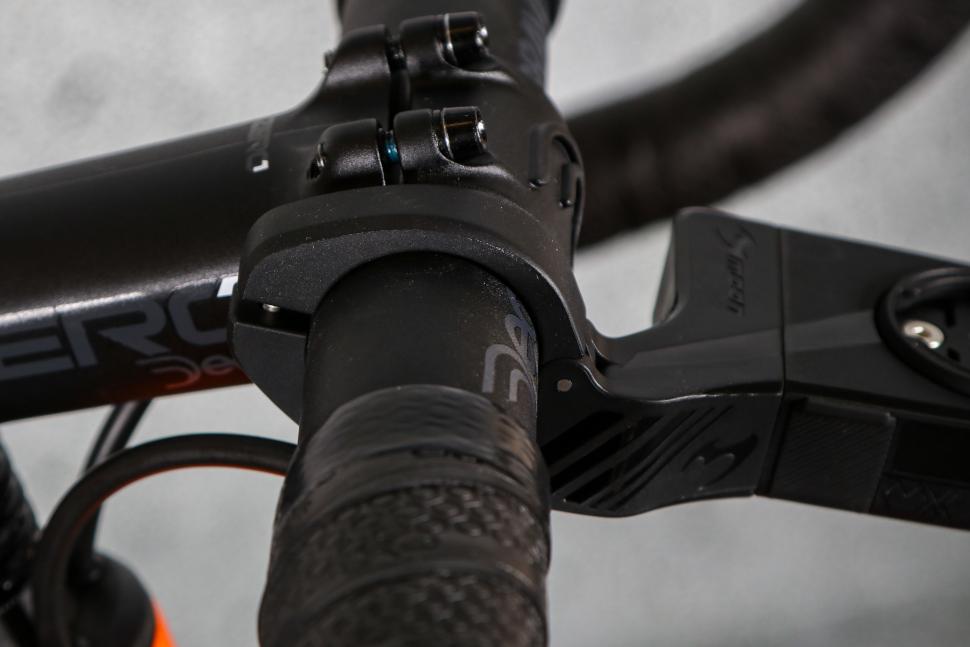
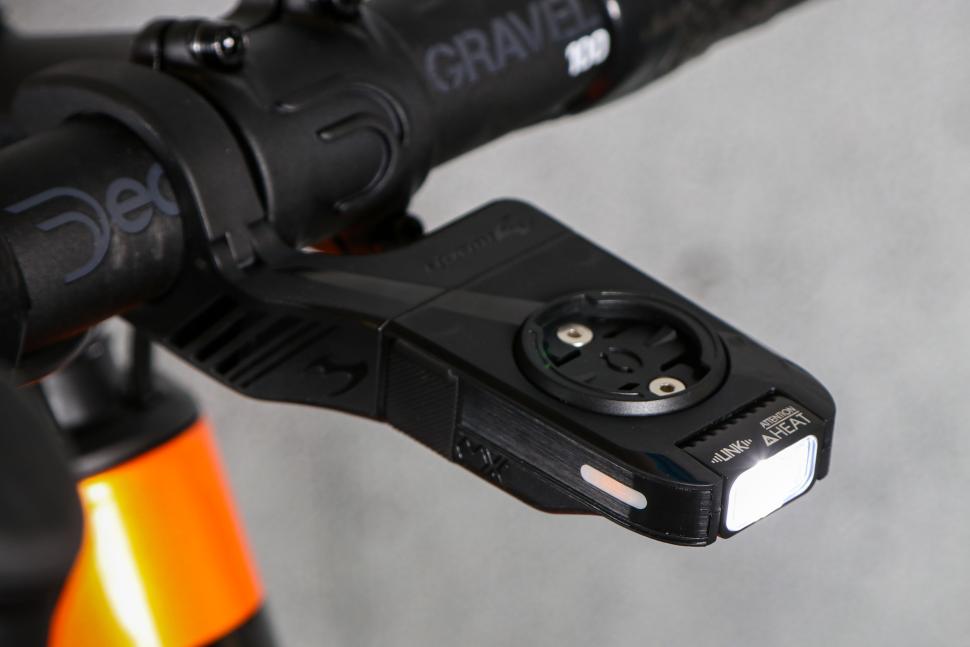
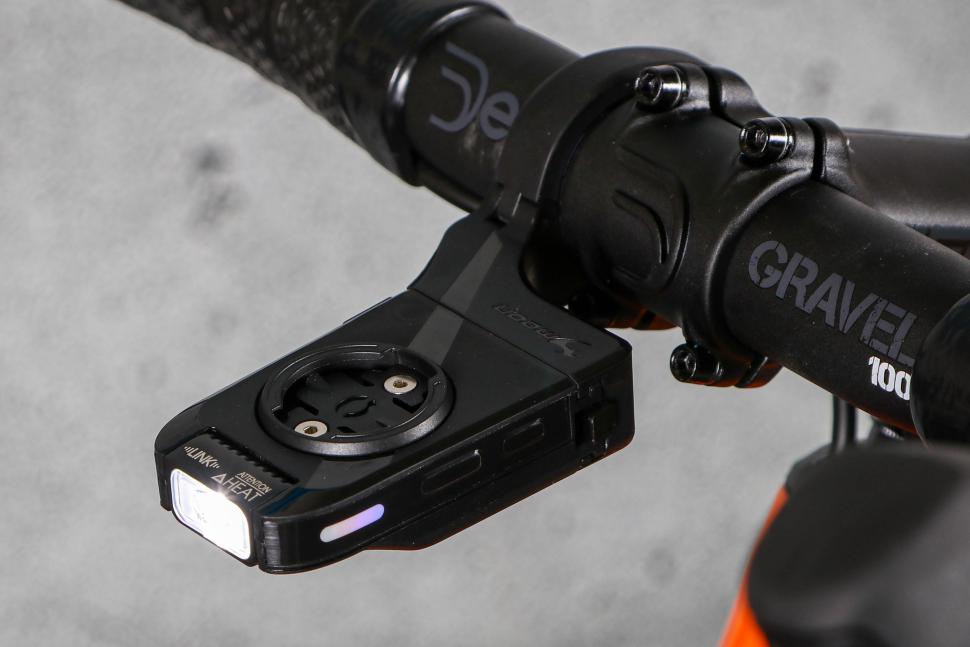
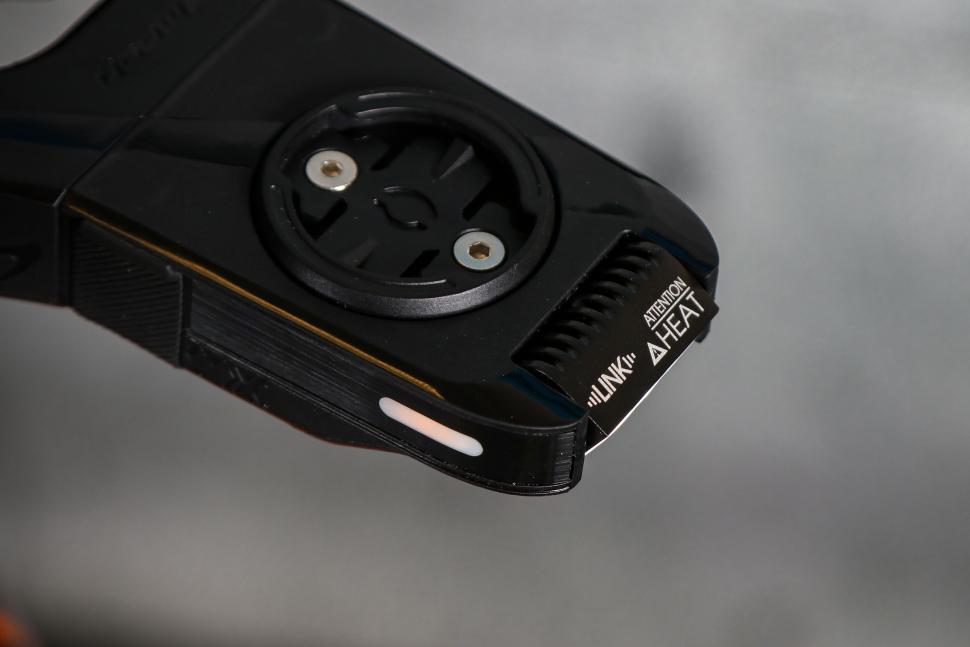
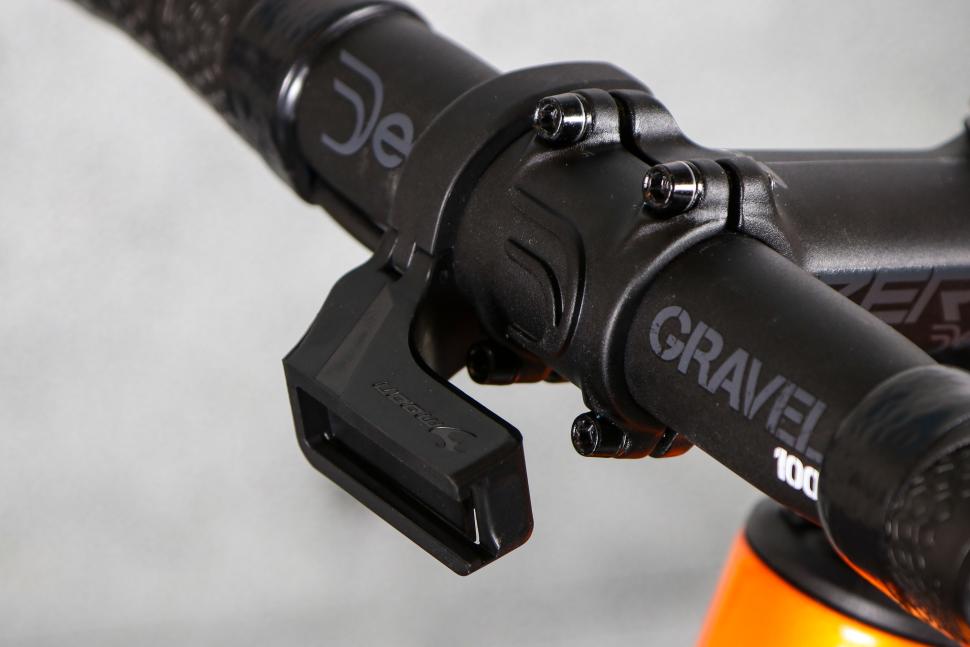
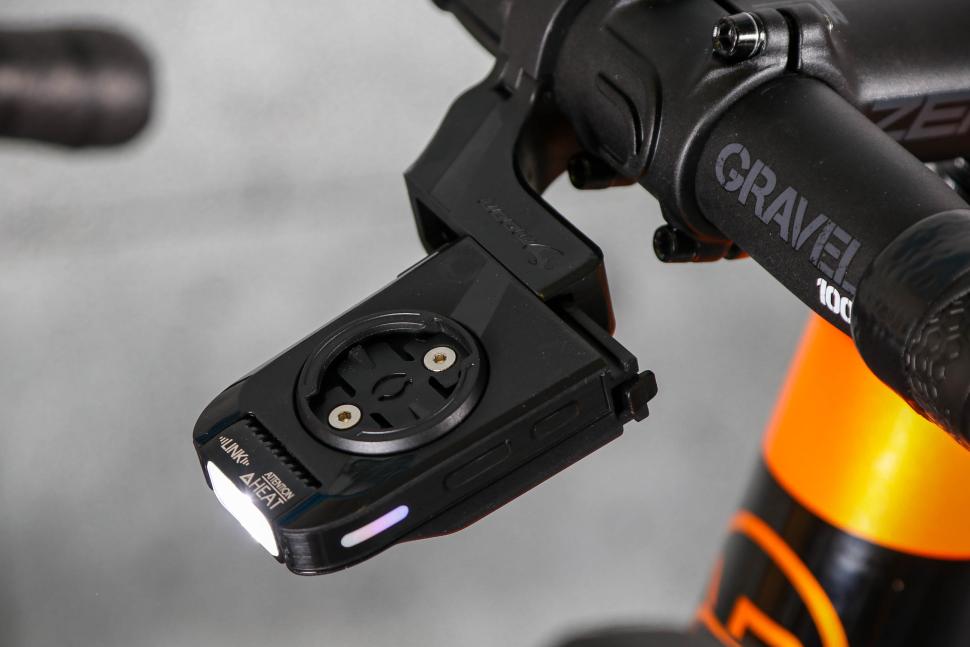
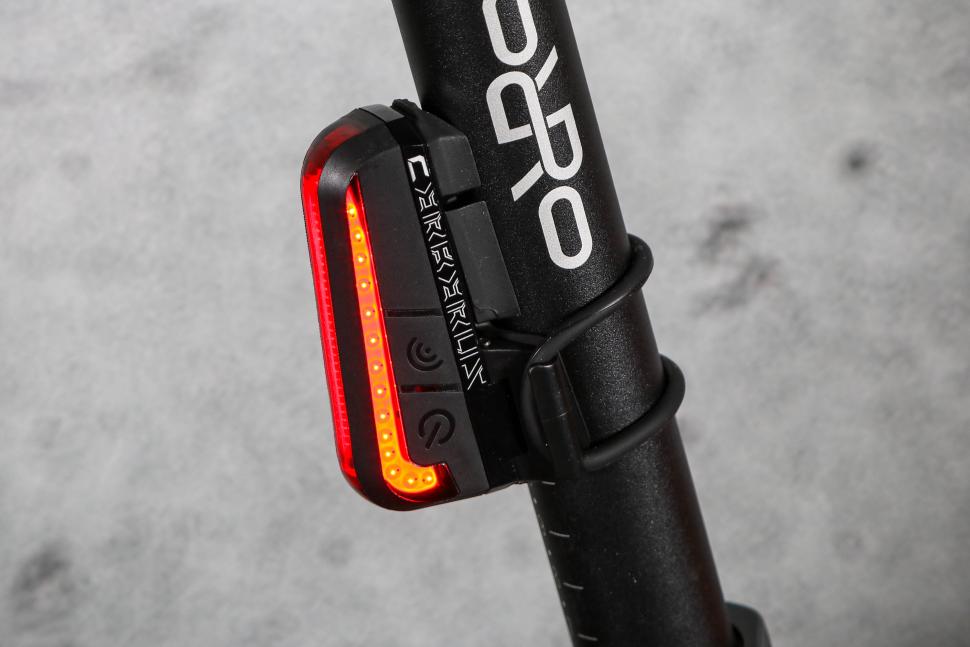
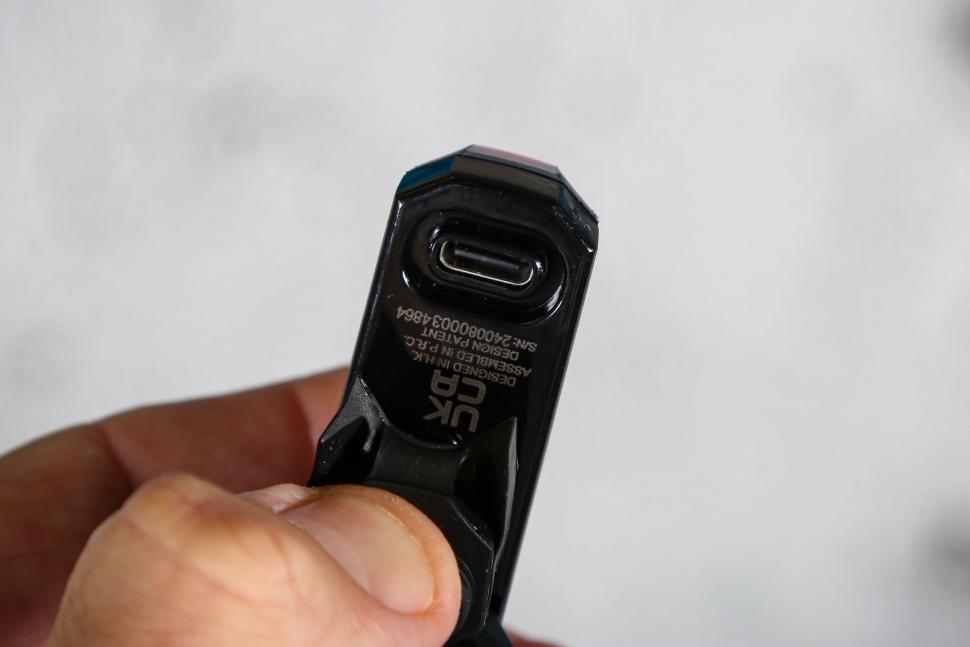
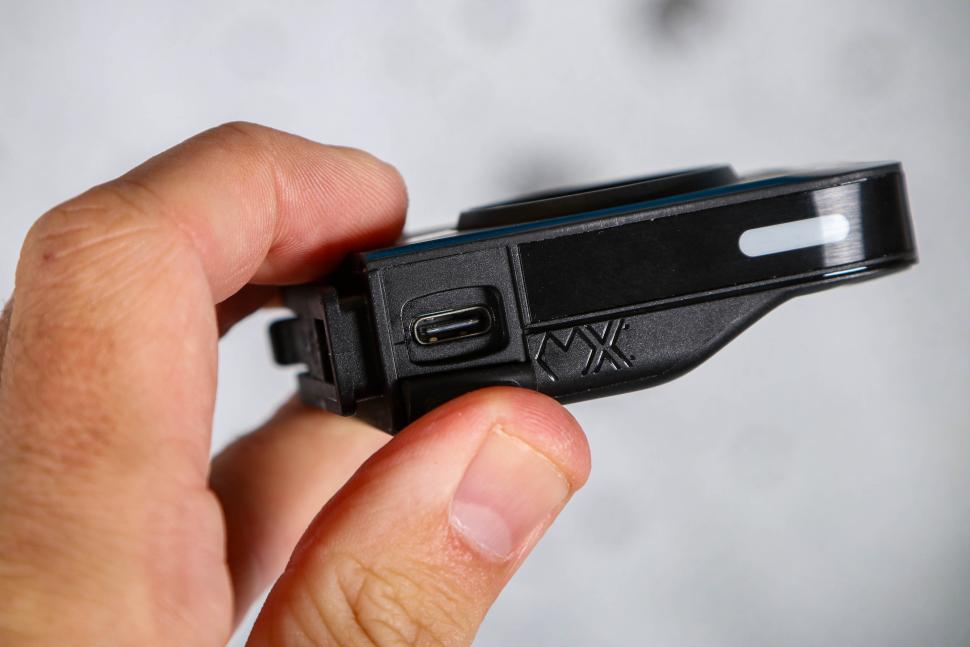
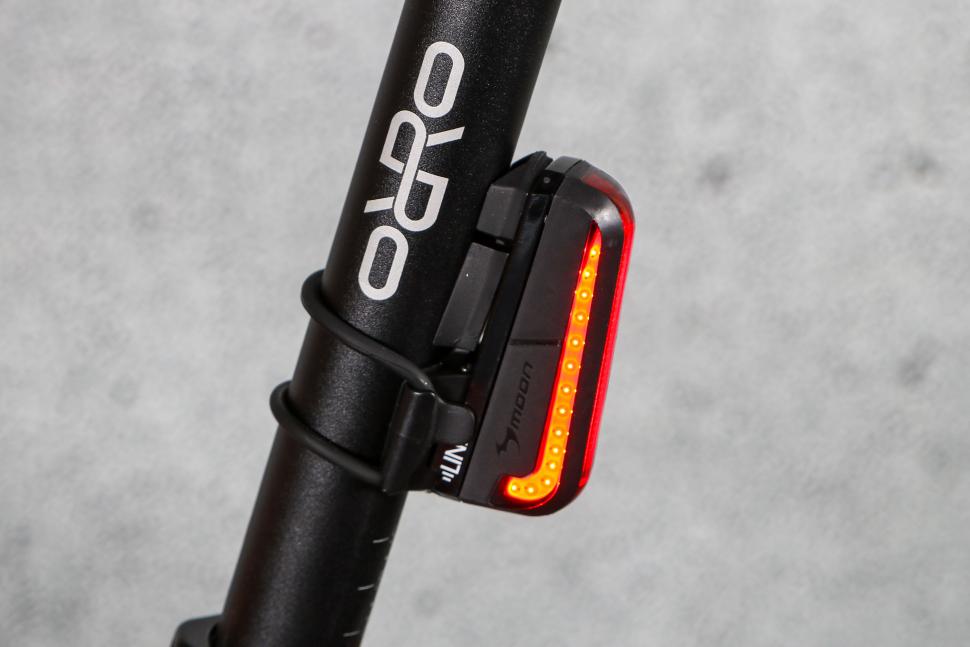
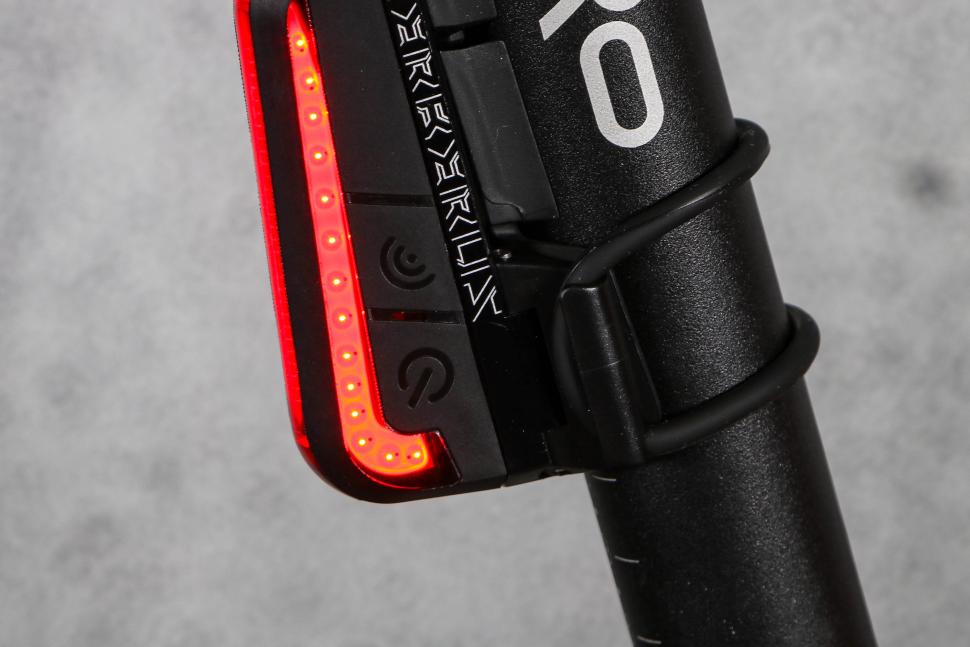
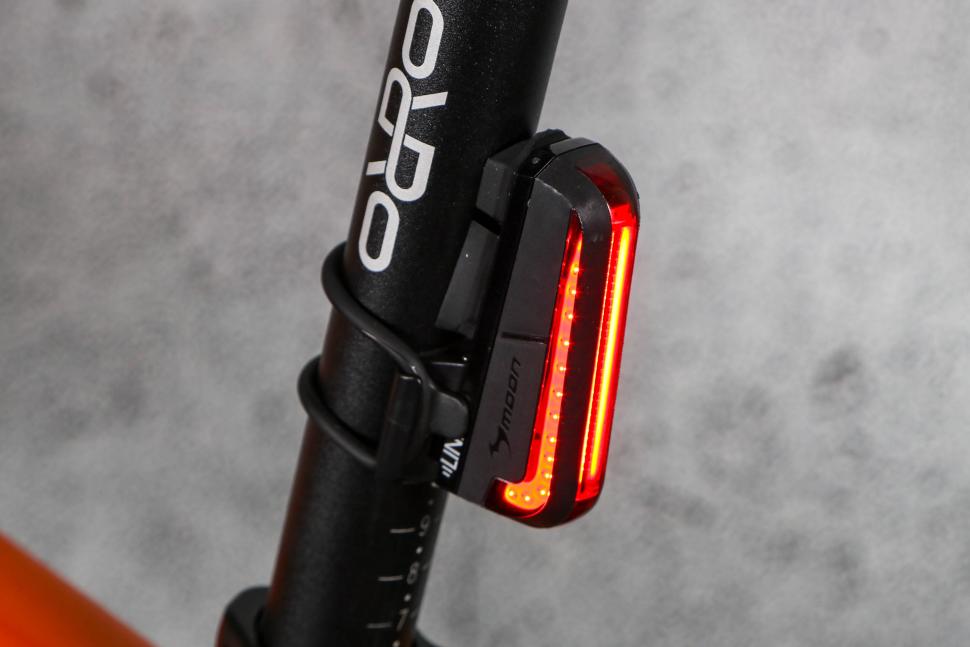

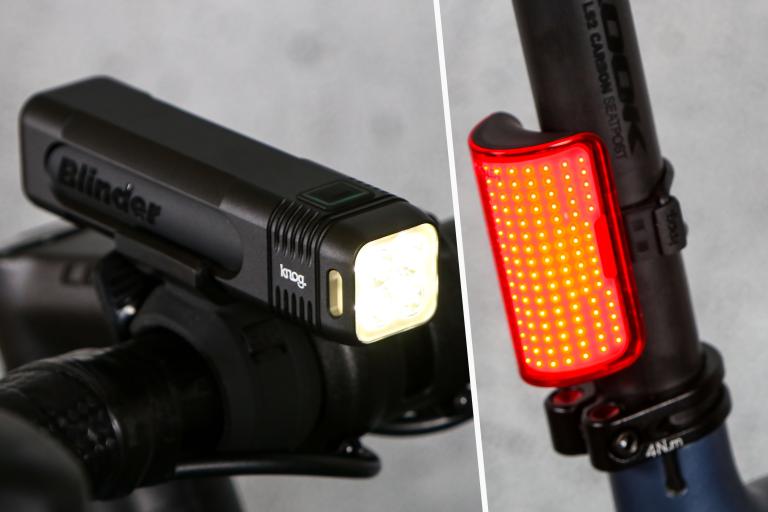

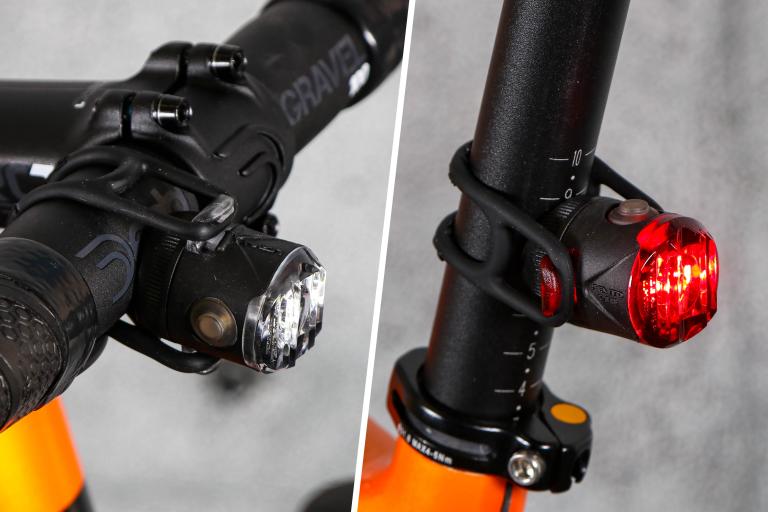
Add new comment
1 comments
"It is worth mentioning, though, that there were a few occasions where the second light wouldn't act as it was meant to" <-- I'm out.
Lights should be simple, effective and reliable. Especially at this price.